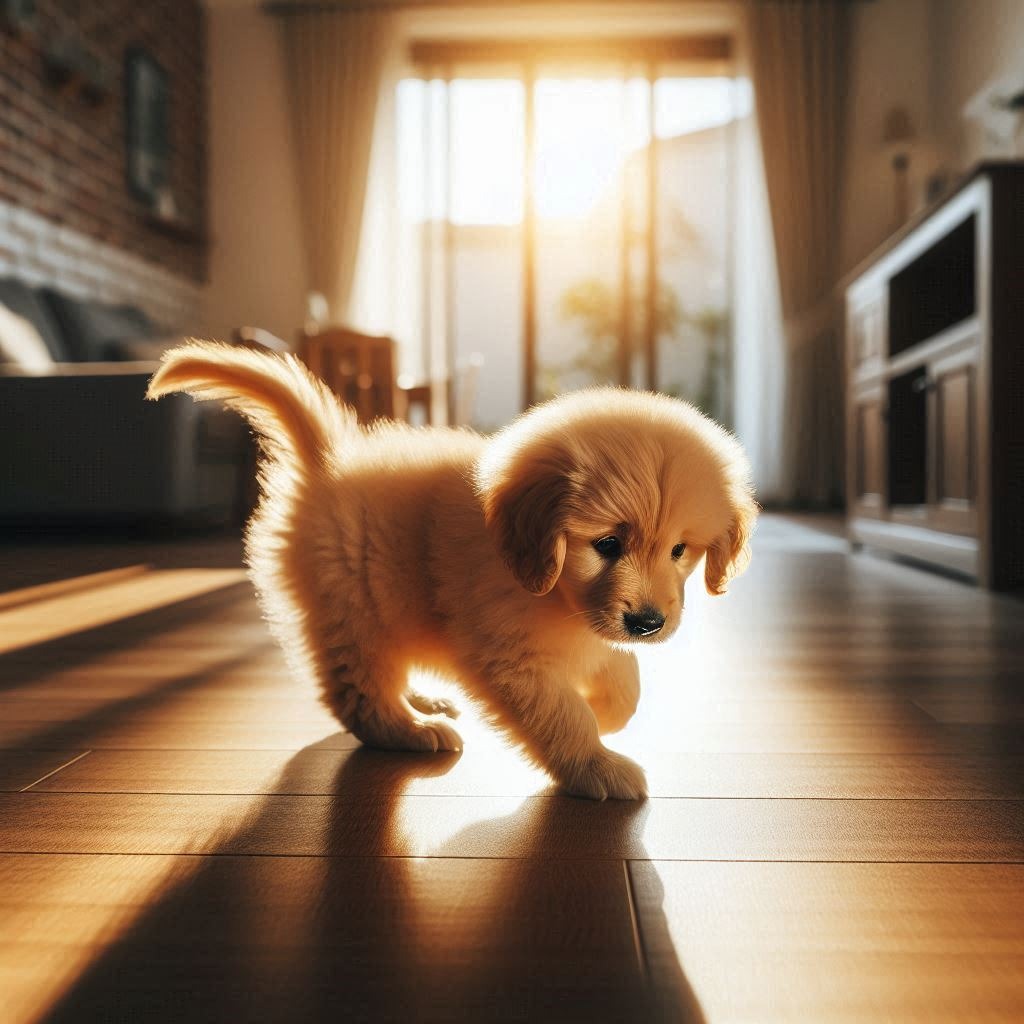As a pet owner, it’s natural to wonder when it’s safe to leave your puppy alone. Knowing the right age and understanding the factors involved can ensure your puppy’s safety and well-being. This article explores when you can start leaving your puppy alone and offers tips to prepare them for this transition.

Understanding Puppy Development Stages
Puppies go through several developmental stages, and each stage affects their ability to be left alone.
- Neonatal Period (0-2 weeks): During this stage, puppies are entirely dependent on their mother for warmth, food, and care.
- Transitional Period (2-4 weeks): Puppies begin to open their eyes and ears and start moving around but still need their mother.
- Socialization Period (4-12 weeks): This is a critical stage for socialization. Puppies start interacting more with their environment and learning essential skills.
- Juvenile Period (3-6 months): Puppies become more independent but still require guidance and training.
- Adolescent Period (6-18 months): Puppies test boundaries and continue learning. They can handle more independence but still need supervision.
When Can You Start Leaving Your Puppy Alone?
Generally, you can start leaving your puppy alone for short periods when they are around 3 months old. At this age, they are more independent and can handle brief separations. However, the exact age can vary based on individual temperament and training.
Factors to Consider
- Training: Proper training is crucial for leaving a puppy alone. Basic commands and crate training can help your puppy feel secure.
- Duration: Start with short periods and gradually increase the time. Puppies can typically hold their bladder for about one hour per month of age.
- Environment: Ensure the environment is safe and puppy-proofed. Remove any hazardous items and provide toys for stimulation.
- Routine: Establish a consistent routine to help your puppy feel more secure.
Tips for Leaving Your Puppy Alone
- Crate Training: Crate training provides a safe and comfortable space for your puppy. Ensure the crate is the right size and never use it as a punishment.
- Exercise: Ensure your puppy gets plenty of exercise before you leave. A tired puppy is less likely to become anxious or destructive.
- Toys and Enrichment: Provide toys, puzzles, and chews to keep your puppy occupied and mentally stimulated.
- Gradual Increases: Start with short absences and gradually increase the duration as your puppy becomes more comfortable.
Signs Your Puppy Is Ready
- Calm Behavior: If your puppy remains calm and relaxed when left alone, they are likely ready for longer periods.
- Minimal Destruction: Puppies that do not engage in destructive behaviors are typically more comfortable being alone.
- Bladder Control: Puppies with better bladder control can handle longer separations.
Conclusion
Determining when to leave your puppy alone depends on their age, temperament, and training. Around 3 months is a good starting point for short periods, gradually increasing as they mature. With the right preparation and care, your puppy will adjust to being alone, ensuring their safety and your peace of mind.
